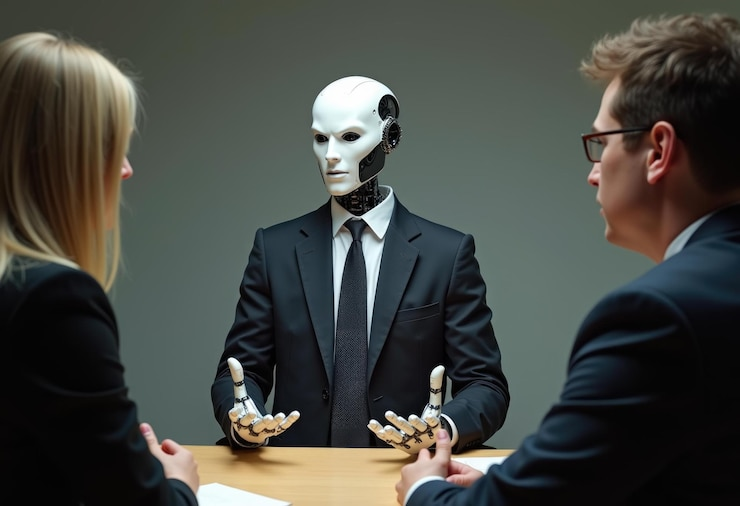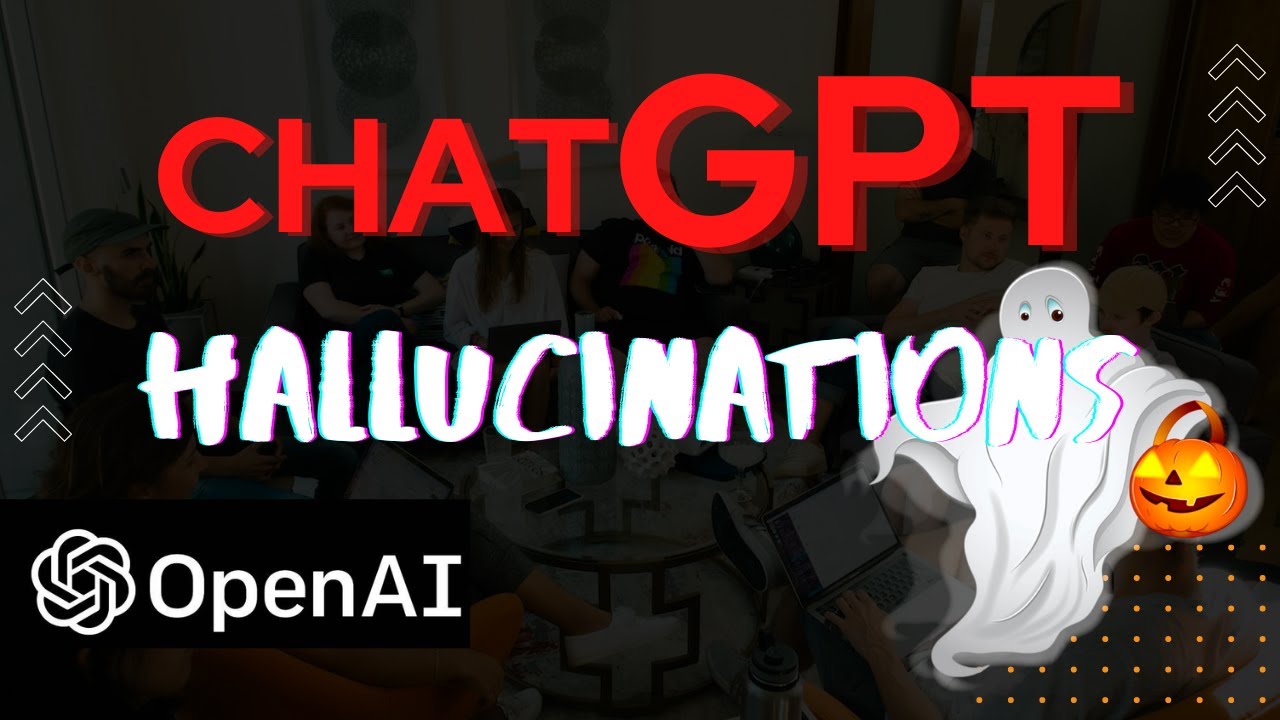
Introduction: The Dark Side of AI You Can’t Ignore
A CEO transfers $243,000 to a “supplier” after a video call with his boss—except it wasn’t his boss. It was an AI deepfake Scams.
In 2024, AI-powered scams have exploded, with deepfake fraud cases up 3,000% (FTC Report). These aren’t just fake celebrity videos—they’re personalized attacks draining bank accounts, stealing identities, and manipulating elections.
This 1,000+ word guide reveals:
✔ 5 terrifying deepfake scams happening now
✔ How to spot AI fakes (face, voice, video)
✔ Protection strategies for individuals & businesses
✔ Real-world cases where victims lost millions
Don’t become the next target—learn to fight back against AI fraud.
1.
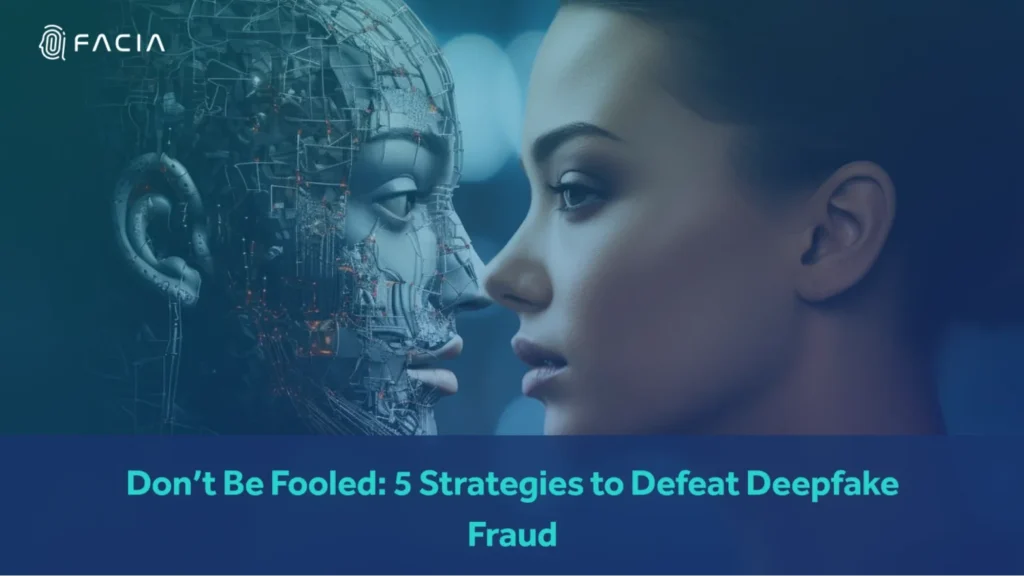
1. The “CEO Fraud” Video Call
- How it works: Scammers clone a boss’s face/voice to order urgent money transfers.
- Real Case: A Hong Kong finance worker lost $25.6 million to a deepfake CFO.
2. Fake Kidnapping Calls
- How it works: AI mimics a child’s voice screaming: “Mom, I’ve been kidnapped! Send Bitcoin!”
- Stats: 72% of parents targeted paid the ransom (FBI 2024).
3. Romance Scams 2.0
- How it works: AI generates fake dating profiles with video calls to build trust before “emergency” money requests.
- Example: A woman sent $80,000 to a man who didn’t exist.
4. Political Deepfakes
- How it works: Fake videos of politicians “confessing” crimes go viral before elections.
- Real Case: A Slovakian election was swayed by a deepfake audio of a candidate rigging votes.
5. Fake Customer Support
- How it works: Scammers clone bank helpline voices to steal login details.
- Red Flag: “Press 1 to verify your account.”
2. How to Spot AI Deepfakes
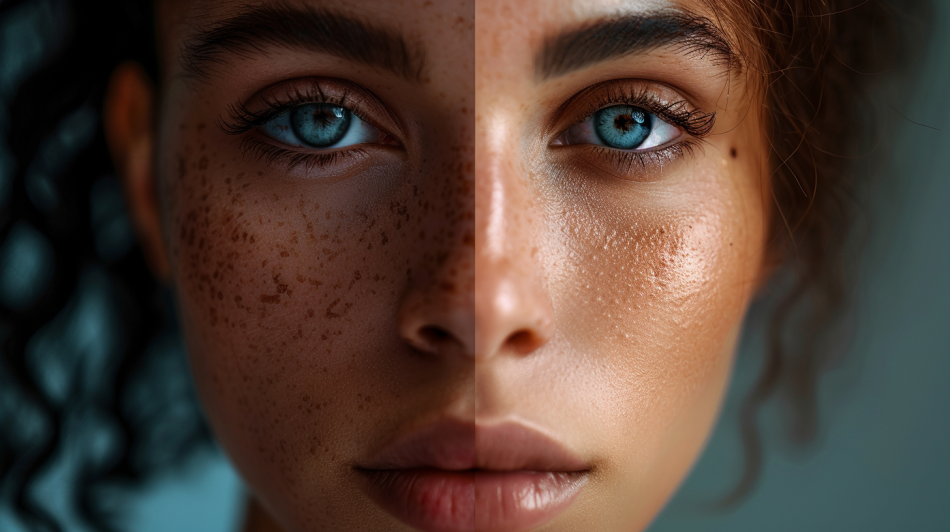
A. Facial Deepfake Detection
✅ Look for:
- Unnatural blinking (too fast/slow)
- Glitches around hair/jewelry
- Mismatched shadows
Tool: Microsoft Video Authenticator (free deepfake detector)
B. Voice Cloning Red Flags
✅ Listen for:
- Robotic pauses between words
- Emotion mismatch (e.g., laughing while saying sad words)
- Background noise that doesn’t fit (e.g., “office” sounds in a “car call”)
Tool: Pindrop Security (analyzes voice authenticity)
C. Video Call Scams
✅ Verify by:
- Asking the person to turn sideways (deepfakes struggle with profiles)
- Requesting a codeword only they’d know
- Hanging up and calling back officially
3.
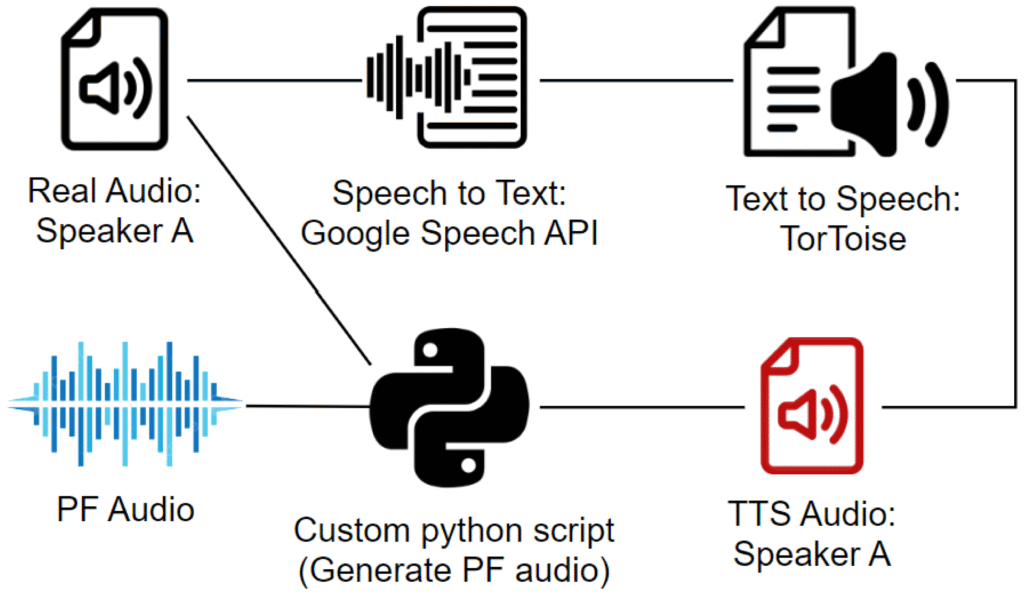
Case #1: The $35 Million Bank Heist
- Scam: Deepfake CFO authorized transfers via Zoom.
- Why it worked: The AI replicated his German accent perfectly.
Case #2: The “Taylor Swift” Crypto Scam
- Scam: Fake livestream promoted a phoney cryptocurrency.
- Losses: Fans lost $1.2 million in hours.
Case #3: Fake Biden Robocalls
- Scam: AI voice told voters “stay home” during primaries.
- Impact: 50,000+ received the call.
4.
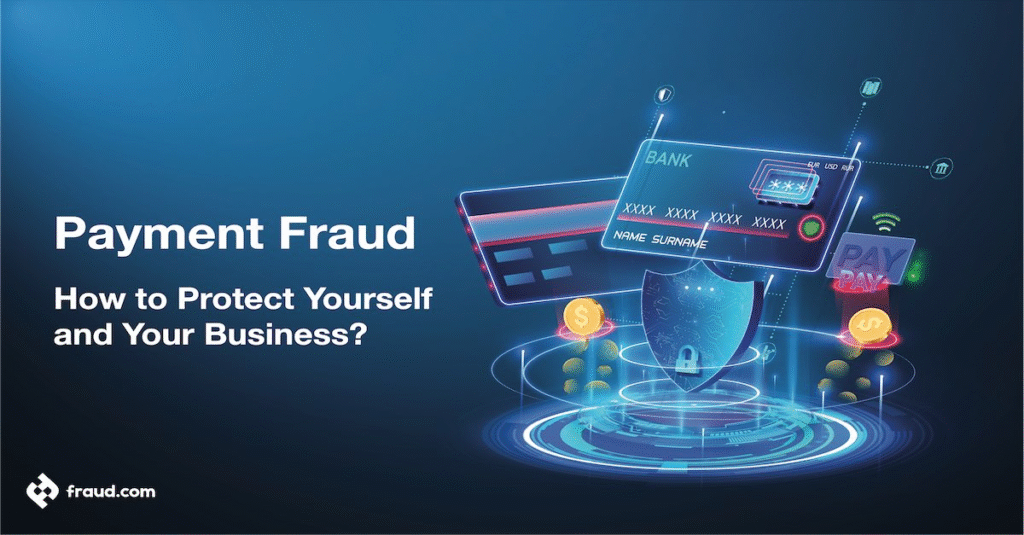
For Individuals:
🔒 Enable 2FA on all accounts
🔒 Never verify identity via call/video—use official apps
🔒 Set a family password (for kidnapping scams)
For Businesses:
🔒 Train employees on deepfake risks
🔒 Require multi-person approval for large transfers
🔒 Use biometric verification (e.g., liveness detection)
Emergency Response:
- Record the scam attempt
- Contact banks/police immediately
- Report to DeepfakeReporting.org
5.
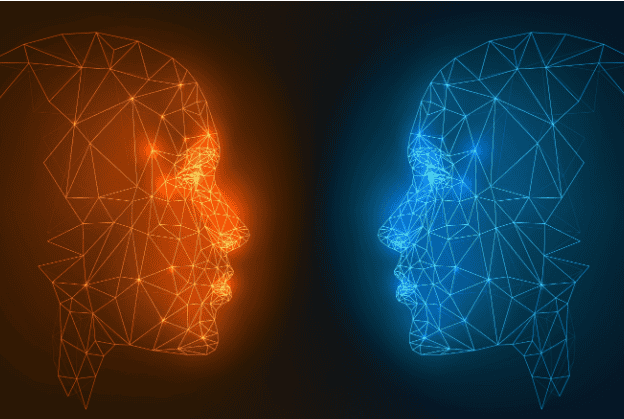
- 2025: Banks will use AI “lie detectors” to analyze calls.
- 2026: Blockchain IDs may kill deepfake fraud.
- 2027: Governments could ban unlabeled AI content.
Conclusion: Stay Paranoid, Stay Safe
Key Takeaways:
- Deepfake scams are now personalized—anyone can be targeted.
- Spot fakes by checking eyes, voices, and context.
- Protect yourself with verification habits.
Next Steps:
👉 Test your deepfake-spotting skills at WhichFaceIsReal.com
👉 Share this guide—scammers rely on ignorance.








